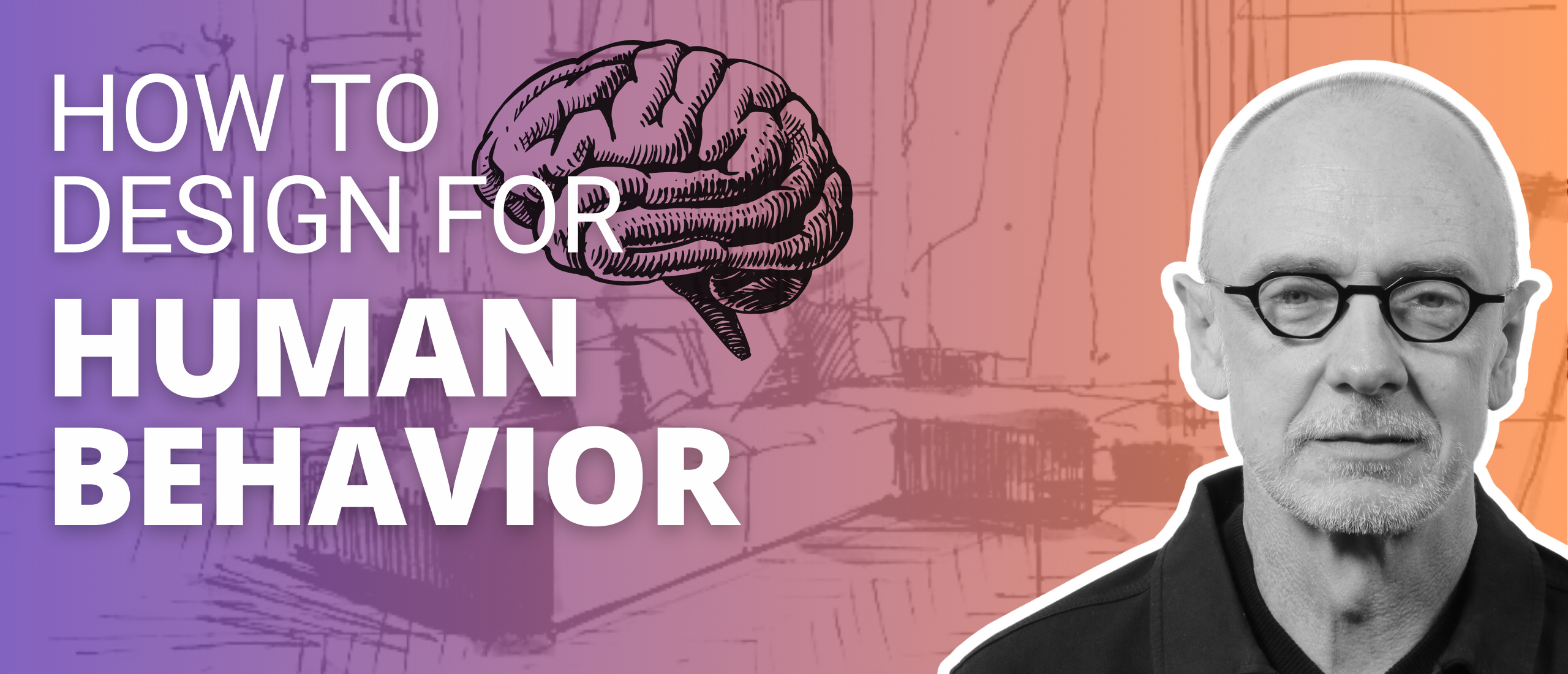Don't we interior designers in some way pursuit perfection? Every interior designer strives to create spaces that are flawless, harmonious, and aesthetically pleasing. However, there's a fine line between aiming for excellence and falling into the perfectionism trap.
So, how can you achieve the perfect interior design without becoming overwhelmed by perfectionism?
Let's explore some key principles to help you strike the right balance.
1. Embrace Imperfection as Part of the Beauty
Perfectionism often leads to the relentless pursuit of flawlessness. But in reality, imperfections can add character and charm to a space. Embrace the uniqueness of each project, and don't be afraid to incorporate elements that may not adhere to traditional design norms. Sometimes, it's the unexpected quirks that make a design truly memorable.

2. Set Clear Objectives
Before diving into a project, you can't go without establishing clear objectives and goals with your client. Define the scope, budget, and timeline. By having a solid plan in place, you can avoid the pitfall of endlessly tweaking and refining details that may or may not significantly impact the final result.
The only risk here is you. So keep yourself in line and stick to your plan.
3. Prioritize Functionality
While aesthetics are undoubtedly important in interior design, functionality should never take a back seat. A space that looks perfect but doesn't serve its intended purpose is far from perfect. Focus on creating designs that are not only beautiful but also practical and functional for the people who will inhabit them.
Otherwise it'll only be "perfect" when you shoot your portfolio pictures.

4. Trust Your Gut Feeling
Perfectionism leads to endless overthinking and second-guessing your design choices. Trust your instincts and the skills you've honed throughout your career. Often, the initial idea or concept is the most authentic and true to your vision. Aim for 80% perfection.
5. Learn to Let Go
There's always something better. Perfectionism can manifest as a reluctance to finalize a project because you're constantly seeking ways to improve it. Recognize that there will always be opportunities for improvement, but at some point, you must let go and consider the project finished. Perfection is an elusive goal, and sometimes, good is indeed good enough.
6. Seek Feedback
Don't be afraid to seek feedback from peers, mentors, or clients. A fresh perspective can help you gain clarity and make necessary adjustments. However, be careful about whose opinions you value, as too many conflicting voices can exacerbate perfectionist tendencies. Callie vander Merwe talks about this in his Podcast with me. Design prizes with other designers in the jury hold no value. It's about the users!
7. Celebrate Achievements
We tend to move forward and forward. But take a moment to celebrate what you've reached occasionally. Recognize and celebrate your achievements along the way. Acknowledge when a project is complete and take pride in the fact that you've created something beautiful and functional. Reward yourself for your hard work and dedication.
8. Manage Stress
Perfectionism is a major source of stress and anxiety. Practice stress management techniques such as meditation, deep breathing, or regular exercise to help you stay grounded and focused on the bigger picture.
9. Continuously Improve
Striving for excellence doesn't mean you have to be perfect from the outset. Instead, view it as a journey of continuous improvement. Each project is an opportunity to learn and grow as a designer.

image credit: Gaxiola + Gallies
In conclusion, the quest for the perfect interior design is a noble one, but also an endless one. It's essential to avoid falling into the perfectionism trap. Embrace imperfections, set clear objectives, prioritize functionality, trust your instincts, and learn to let go when necessary. By following these principles, you can achieve excellence in your interior design work without succumbing to the unrealistic demands of perfectionism. Remember, the perfect interior design is not about flawlessness; it's about creating spaces that resonate with both beauty and functionality.







